Conventional marketing recommends investing first and then hoping for the best. What if, however, you could reverse the process and pay for outcomes after they had occurred? Through a process known as performance marketing, you can.
Strategies promoting immediate, desired outcomes, like ad clicks or sign-ups, are together referred to as performance marketing. Contemplate affiliate marketing and pay-per-click (PPC) traffic.
Over 7 million advertisers, for example, use PPC advertising in their campaigns because it is such a well-liked marketing strategy. As organizations establish the foundation for their conventional marketing strategy, performance marketing tactics help boost conversions and provide them with immediate benefits.
In actuality, both traditional and performance marketing are necessary for your brand. To further grasp how these tactics contribute to a brand’s overall marketing effort, let’s take a closer look at performance marketing.
Also Read: Leveraging Social Media for Healthcare Advertising Success
What is Performance Marketing?

The phrase ‘performance marketing’ refers to online advertising campaigns where marketers pay advertising networks or marketing firms based on conversions or clicks.
Performance marketing, as opposed to traditional and organic marketing, is specifically used to track and assess actions, as well as to drive them, while determining the return on investment (ROI) of each campaign, activity, or asset.
Major firms can invest millions of dollars in branding, but most businesses must prioritize their bottom line in order to remain viable. Performance marketing gives the advertiser back control. Whether the activity is a sale, lead, or click, you choose it and pay when it is finished.
What are the Benefits of Performance Marketing?
When you use performance marketing to its full capacity, it can help you build your business, especially because the digital marketing sector is expanding annually.
The following are the top three justifications for performance marketing investments for your company:
Brand awareness: You can reach new audiences and boost site traffic by working with affiliates and agencies that already have established audiences.
Performance that can be tracked: Performance marketing is transparent and quantifiable. In fact, brands can now see every buyer’s whole click-to-consume path, determine which partners and channels to invest in more, and get better results.
Reduced risk: The CPA (cost per acquisition) is frequently cheaper and the ROI is higher because affiliates are only compensated when a desired action is completed. In order for you to develop and compete, this frees up more funds for the expansion and testing of other performance marketing tactics.
Top Performance Marketing Channels
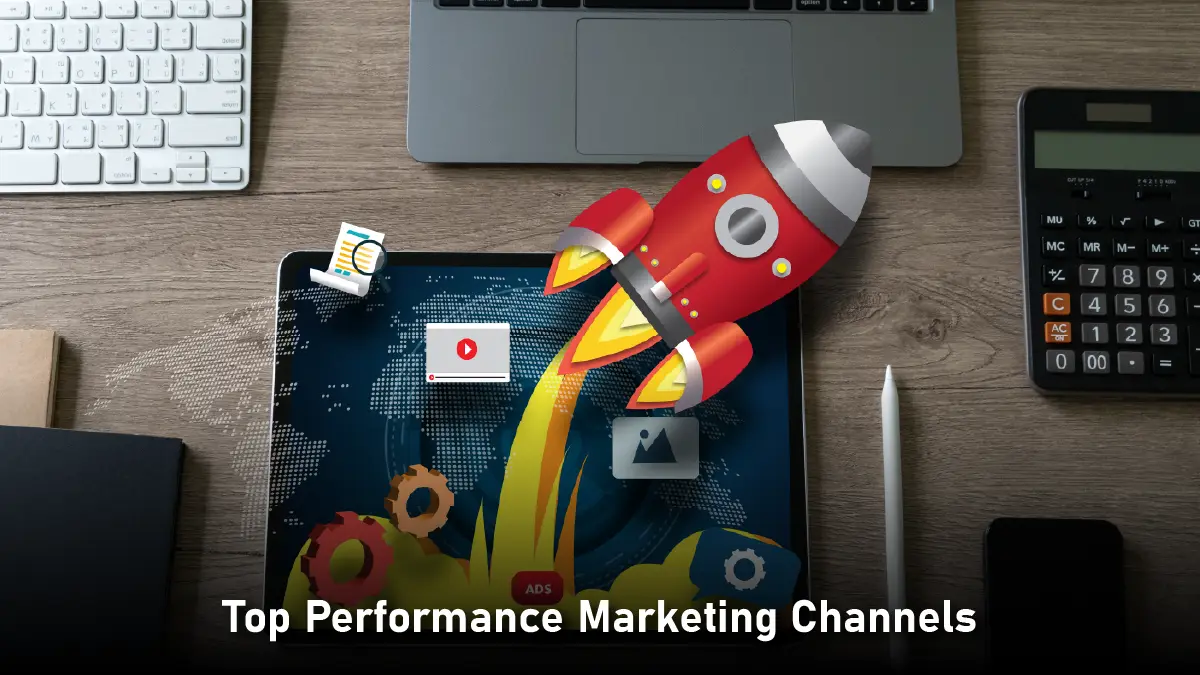
When it comes to performance marketing, which channels are most effective? To increase traffic, agencies and marketers employ five different forms of performance marketing:
1. Banner (Display) Ads
You’ve undoubtedly seen a lot of display advertising lately if you’ve been online. These advertisements show up at the top or bottom of the news page you just visited, or on the side of your Facebook newsfeed. Many businesses continue to achieve success with display ads that use interactive information, videos, and captivating graphic design, even if the rise of ad blockers and what experts refer to as banner blindness is gradually making display ads less appealing.
2. Native Advertising
Native advertising leverages the organic appearance of a website to offer sponsored content. For example, the ‘Watch Next’ portion of a YouTube page may display sponsored content. Native ads are also frequently seen on e-commerce websites, such as Facebook Marketplace. Native advertising works well because it allows sponsored content to blend in seamlessly with other natural content kinds. Because users usually don’t know the difference between various kinds of content, you can be promoting your business inadvertently.
3. Content Marketing
The main goal of content marketing is to educate your audience. Some studies report that it produces three times as many leads and is 62% less expensive than outbound marketing. The goal of content marketing is to contextualize your brand and give users relevant information. A vitamin manufacturer might, for instance, publish a number of educational blog entries about the advantages of probiotics that include a backlink to their products. Blog entries, case studies, e-books, and other materials can all be used as a route for content marketing.
4. Social Media
Social media is a paradise for performance marketers. In addition to providing the chance to connect with consumers and direct them to your website, it also allows users to naturally share your sponsored content, expanding your audience well beyond the first post. The most comprehensive list of services for performance marketers is provided by Facebook, but there are numerous chances to reach new clients on other platforms such as LinkedIn, Instagram, and Twitter.
5. Search Engine Marketing (SEM)
Search engine marketing (SEM)-optimized websites are crucial because the majority of online research is conducted through search engines. Cost-per-click (CPC), particularly for sponsored advertising, is the main focus of performance marketing. Many performance marketers use content marketing and SEO-optimized landing pages for organic SEM.
How Do You Measure Performance Marketing?
Since every action can be monitored and evaluated in relation to key performance indicators (KPIs), ROIs are important to performance marketing. These important metrics—whether they be purchases, page views, or clicks—are essential for assessing and improving performance.
Cost per acquisition (CPA) or pay per sale (PPS)
When customers perform a desired activity, like making a purchase, clicking, or filling out a form, a retailer or merchant receives this sum.
This is the most popular payment arrangement that retailers set up in e-commerce.
Pay Per Lead (PPL)
A completed form registration or signup that includes client information, including a customer’s name, email address, or phone number, is commonly referred to as a ‘lead.’ This allows the merchant to follow up with the customer and increase sales.
PPC stands for pay per click
When an affiliate links to a desired landing page, a store will pay them this amount for each ad click.
Pay Per X (PPX)
The ‘X’ in this payment model can stand for anything the merchant deems to be the intended action that is not a lead, click, or sale.
These include things like app upsells, rewards program sign-ups, and downloads.
Lifetime Value (LTV)
This indicator calculates a customer’s expected ‘lifetime value’ over the course of their association with the retailer. Based on a customer’s behavior and interactions with the company, the LTV calculates their expected spending amount using predictive analytics.
A Few Examples of Performance Marketing in Real Life
Observing performance marketing in action is one of the finest methods to learn about it. Here are a few successful real-world instances of performance marketing campaigns:
The Campaign for ‘Dove Real Beauty’
The main goal of this Dove ad was to encourage body confidence. They achieved this by substituting ‘real women’ for models in their advertisements. This demonstrated that there are many different types of beauty.
With more than 3 million views on YouTube and extensive favorable media coverage, the campaign was a huge hit. Additionally, it increased Dove product sales.
The ‘IKEA ThisAbles’ initiative
The goal of this IKEA initiative was to make life easier for those who have disabilities. They achieved this by developing a line of ‘thisables,’ or unique furniture attachments for IKEA that make it simpler for individuals with impairments to use.
The campaign was a huge success, garnering good media coverage and more than 2 million views on YouTube. Additionally, IKEA’s sales increased as a result.
The Final Word
Performance marketing holds great promise for entrepreneurs seeking to engage and convert new customers at scale and at a reduced cost, as marketing trends indicate a sustained investment in all things digital. By collaborating with publishers and affiliate networks, you may reach a wider audience than you might with more conventional marketing strategies.
There is always space for improvement and growth, regardless of where you and your business are in the performance marketing arena.
Learn which strategies are effective for you and how to satisfy the demands of both your affiliate partners and your brand. As soon as your precise objectives are established, get started and begin establishing those connections.
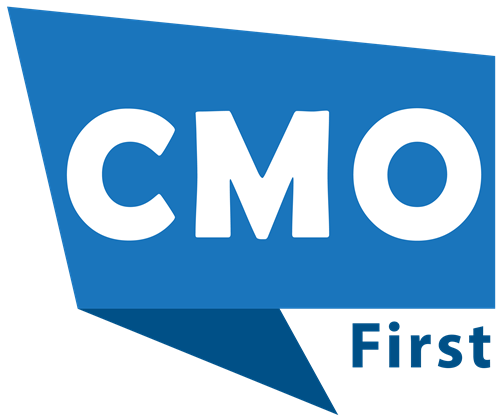




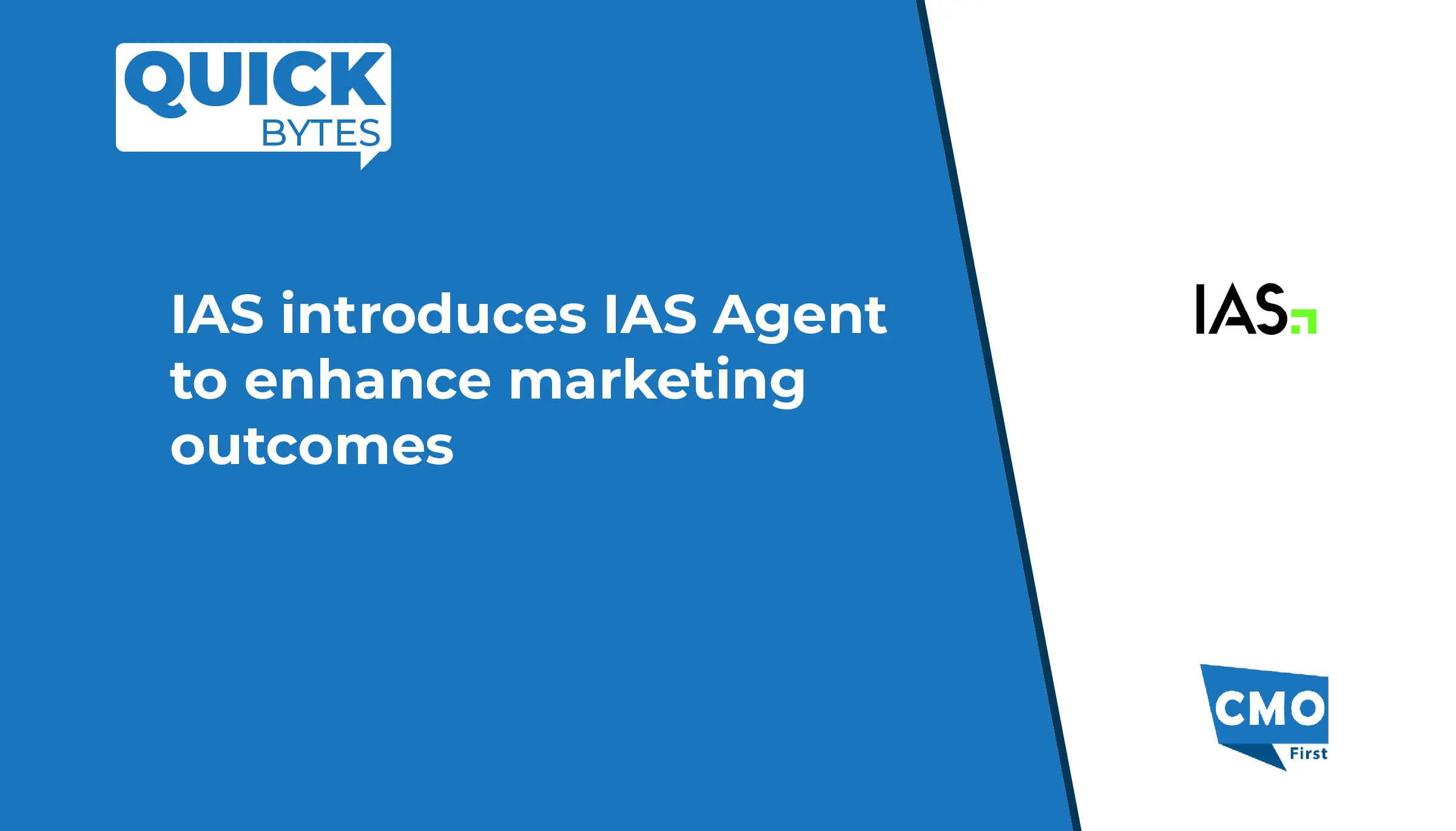
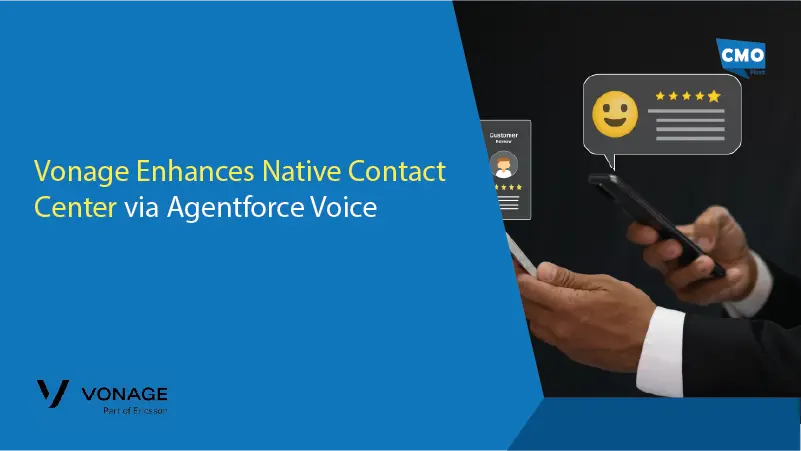
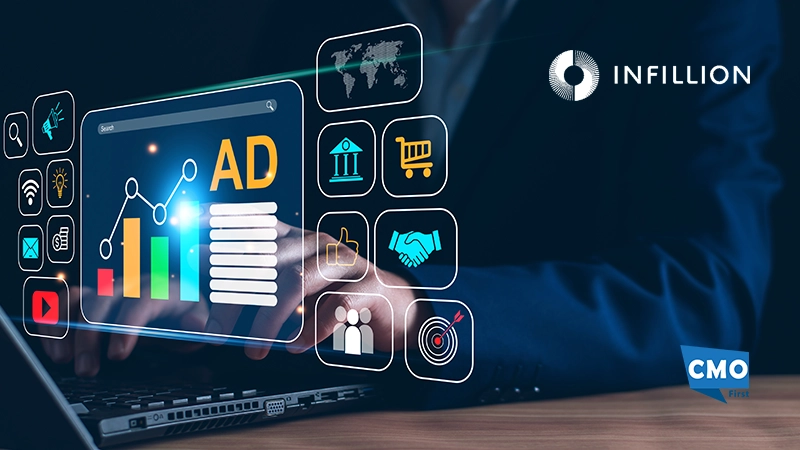

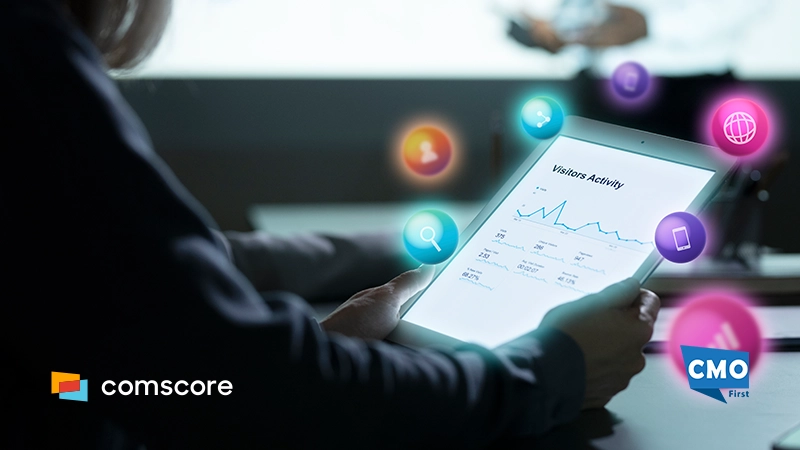

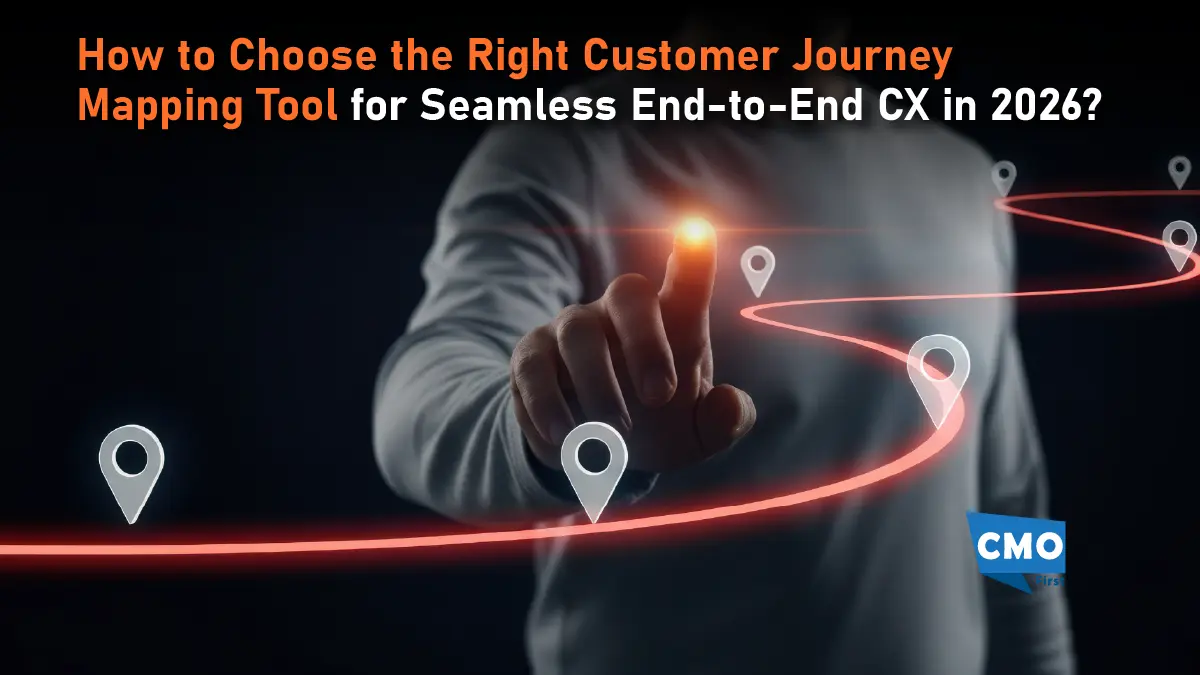

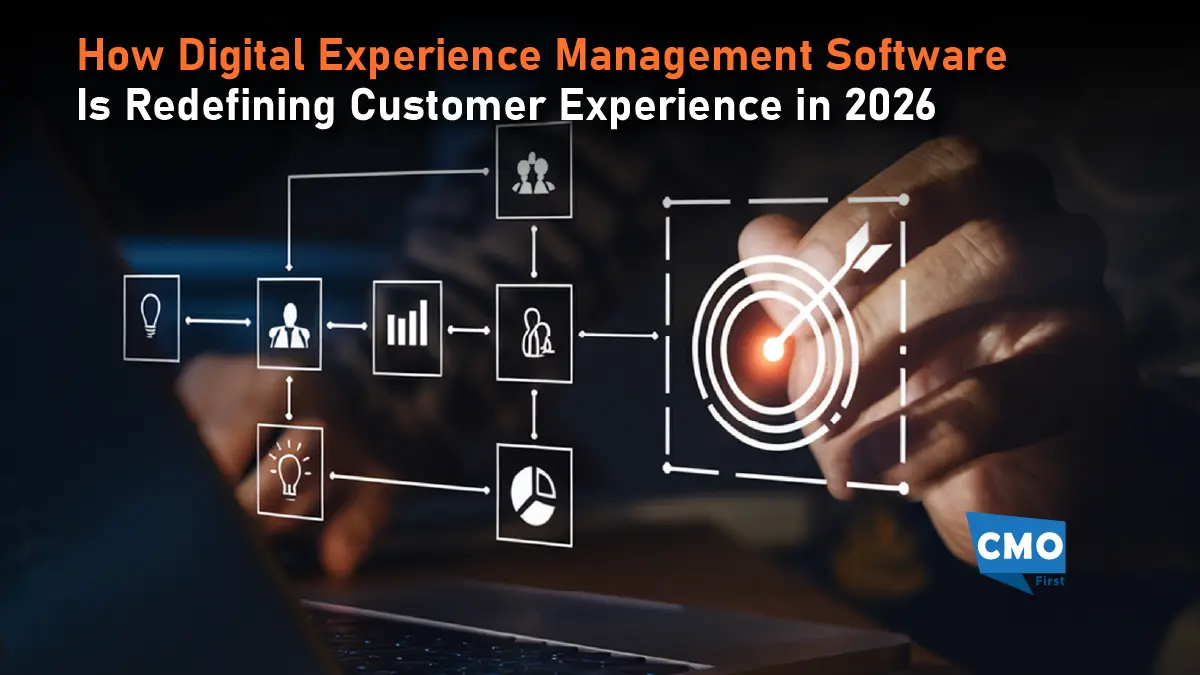

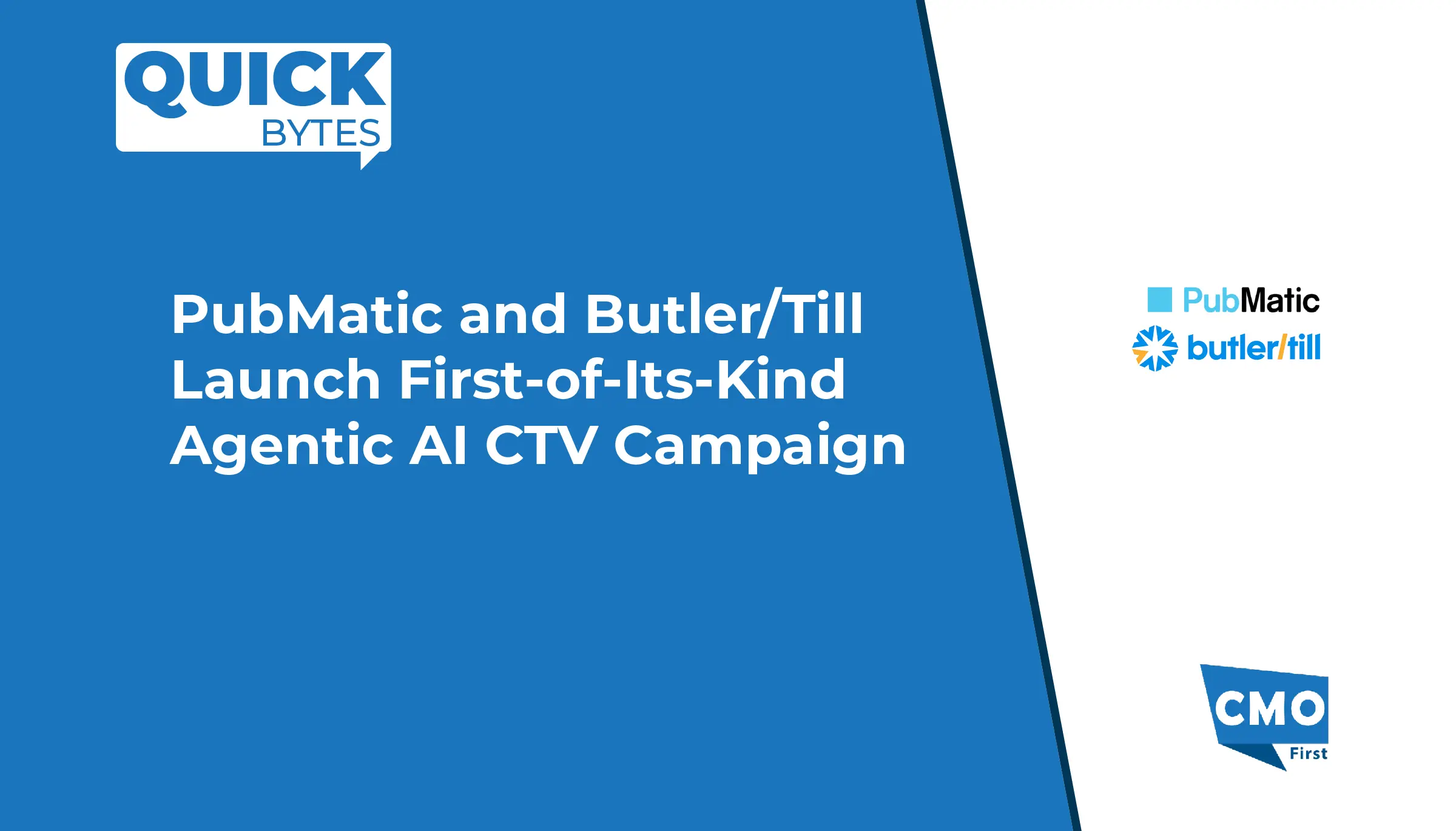
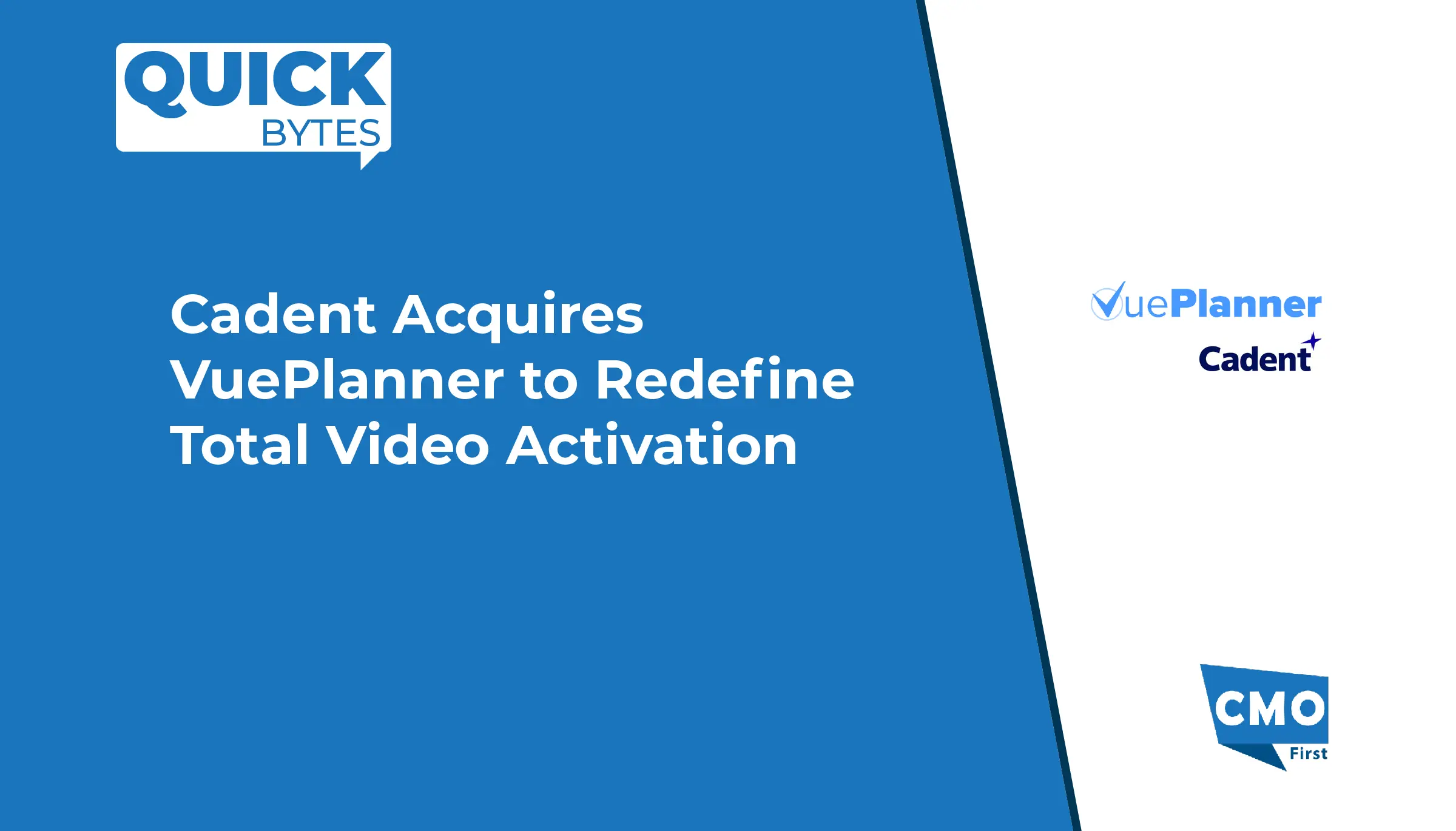

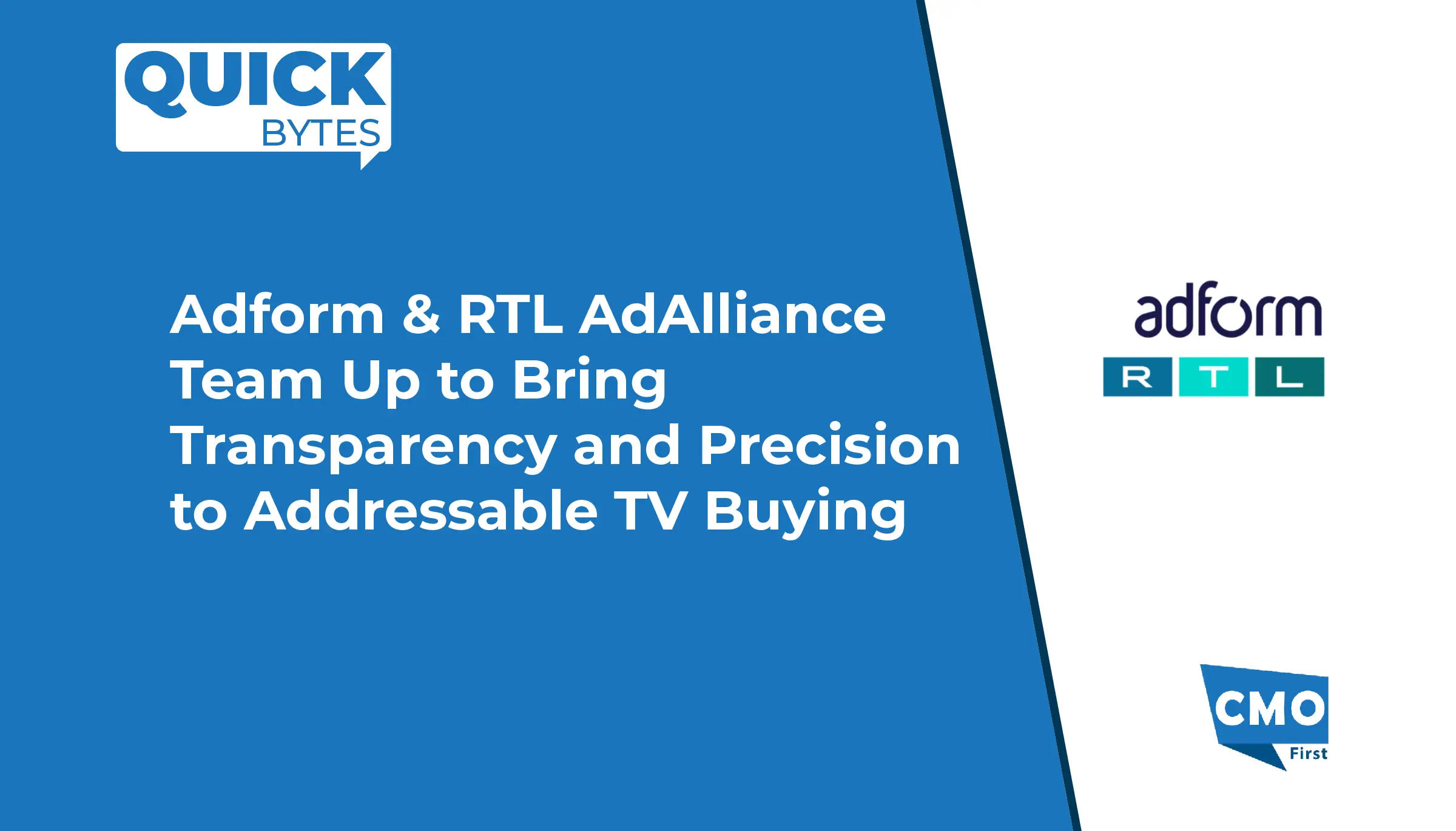
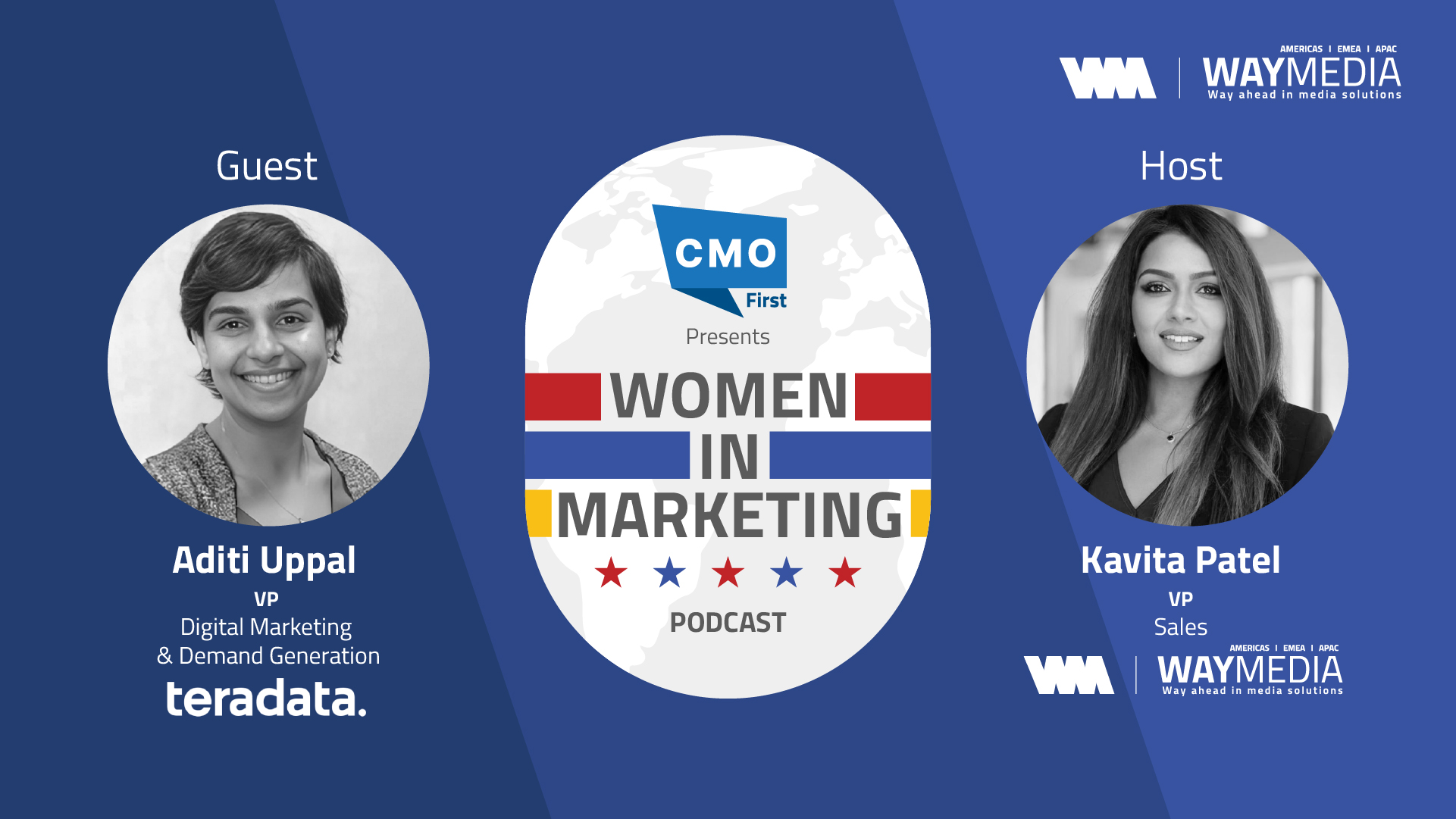



Leave a Reply